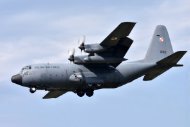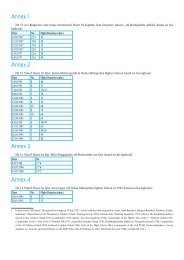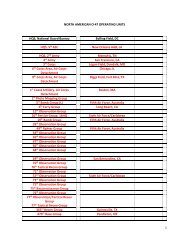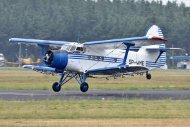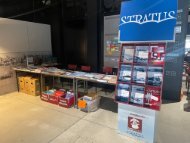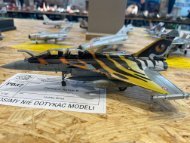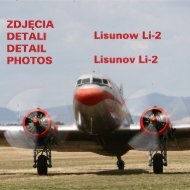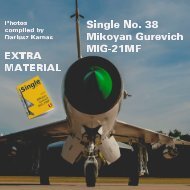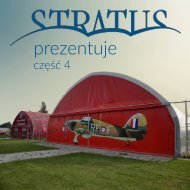B-17 CC Additional Material by Robert M Stitt
Boeing B-17 Fortress in RAF Coastal Command Service Second Edition Robert M Stitt Additional Material
Boeing B-17 Fortress in RAF Coastal Command Service
Second Edition
Robert M Stitt
Additional Material
- No tags were found...
You also want an ePaper? Increase the reach of your titles
YUMPU automatically turns print PDFs into web optimized ePapers that Google loves.
Anthony James Pinhorn<br />
Anthony James ‘Tony’ Pinhorn was born on<br />
September 3, 1915, in Hamiota, Manitoba, the<br />
only son of Harold and Maud Pinhorn – he had<br />
one sister, Gwendolen ‘Wendy’ Pinhorn. Tony<br />
Pinhorn was an ardent fisherman and hunter<br />
from an early age and pursued these interests after<br />
the family moved to Victoria, British Columbia<br />
in 1920. Here he attended what was then known<br />
as University School, now known as St. Michaels<br />
University School, followed <strong>by</strong> some four years<br />
working in logging camps on Vancouver Island<br />
and the Mainland coast. His sister Wendy takes<br />
up his story:<br />
When Tony finished University School the Depression<br />
was in full swing. His options were either<br />
working in the logging camps, with the idea of eventually<br />
getting to the management level, or following a business course in Victoria. Either way, there were<br />
no jobs with any future at the time and as Tony was aware of the possibility of a four-year Short Service<br />
Commission in the RAF, our parents agreed he should follow this opportunity. Dad wanted him to gain some<br />
knowledge of flying first so off Tony went to take some training with Hal Wilson of the Aero Club of British<br />
Columbia on Sea Island [now Vancouver International Airport]. Almost immediately after that, he set out<br />
for England ‘on spec’ and in anticipation of passing his RAF entrance exams. I was already in England,<br />
training as a physiotherapist, and well recall meeting him as he arrived on the Queen Mary. The ship was<br />
quite outstanding in those days… it was comparatively new and so huge. Tony passed his RAF exams with<br />
flying colours and was accepted in the spring of 1939.<br />
Tony Pinhorn began his formal flight training at the de Havilland School of Flying at Hatfield in Hertfordshire<br />
on June 12, 1939, flying civilian Tiger Moths. He soloed on June 24 and completed his training early<br />
in early August with an ‘Above average’ rating. A course of multi-engine training followed at 6 SFTS, Little<br />
Rissington in Glouscestershire, based on Avro Anson Is and this he completed on March 23, 1940, again<br />
with an ‘Above average’ grade. Now an Acting Pilot Officer destined for service with Coastal Command,<br />
he moved to the 3 School of General Reconnaissance at Blackpool for two weeks of navigation training.<br />
Pinhorn’s first posting was to 269 Sqn on Hudsons, based from July 10, 1940, at Wick in Scotland and,<br />
from June of the following year, Reykjavik in Iceland. Notable operations in which he took part included<br />
a reconnaissance sortie on November 10, 1940, in Hudson I T9337 to search for the German heavy cruiser<br />
Admiral Scheer during its first cruise and arriving on-scene in Hudson III T9452 ‘G’ just as the battleship<br />
HMS Hood blew up after being hit <strong>by</strong> a salvo from the battleship Bismarck on May 24, 1941. Pinhorn<br />
Anthony Pinhorn with<br />
a Fleet 7B of the Aero Club<br />
of British Columbia while<br />
taking private flying lessons.<br />
Trainees at the de Havilland<br />
School of Flying, Hatfield,<br />
June 1939. Anthony Pinhorn<br />
is second from the right in<br />
the front row.<br />
11



